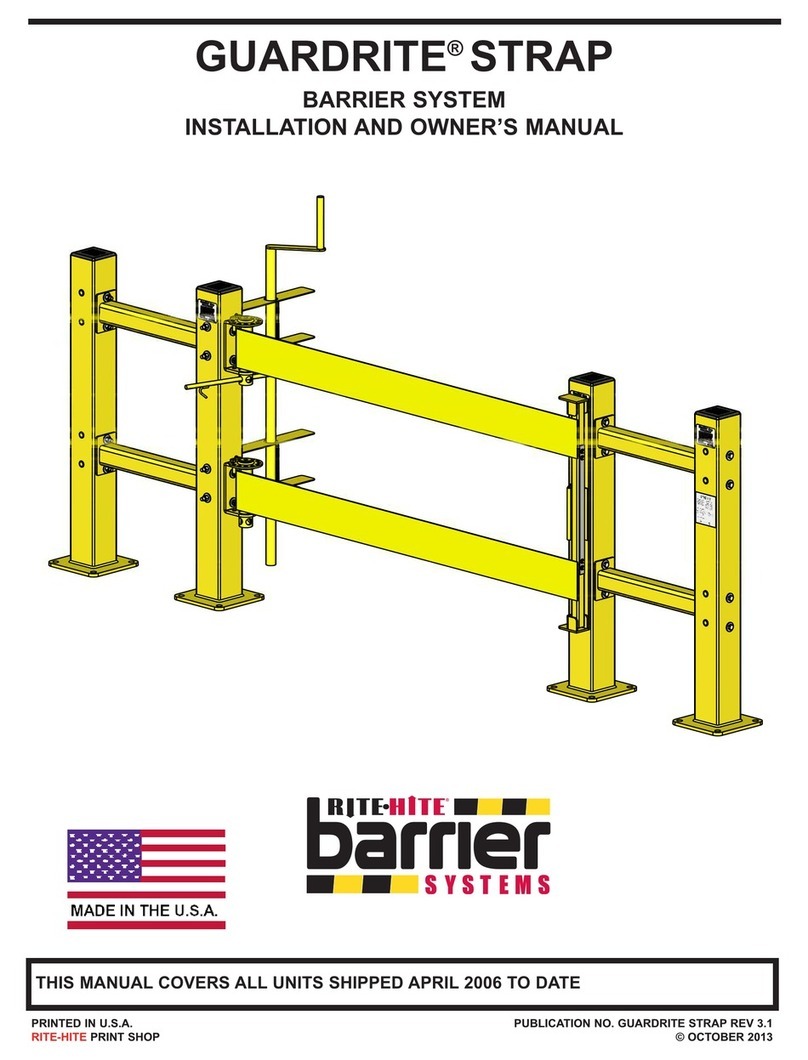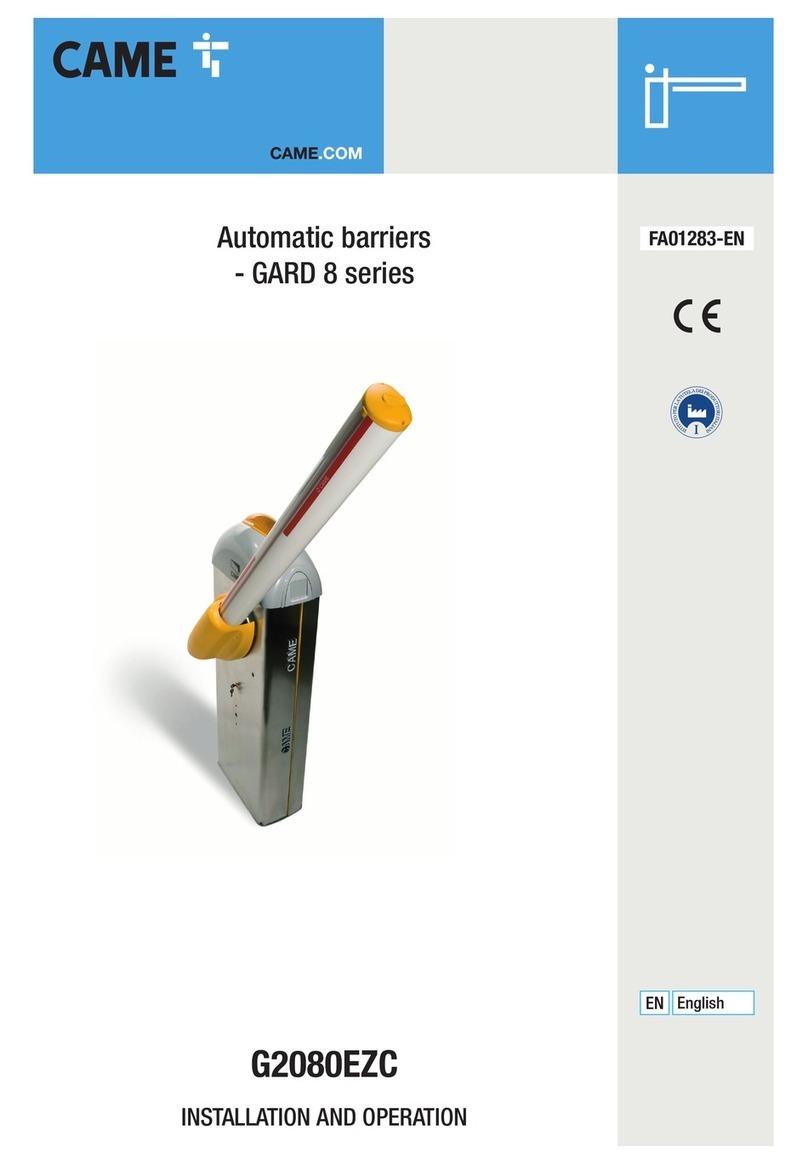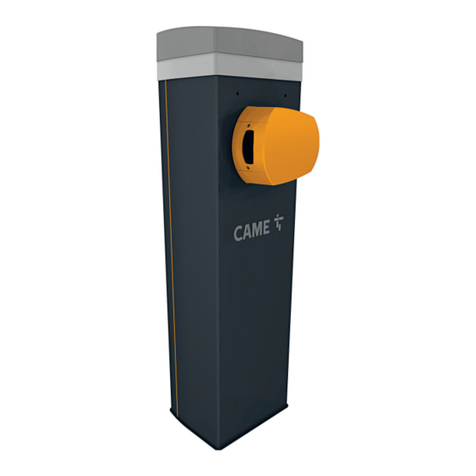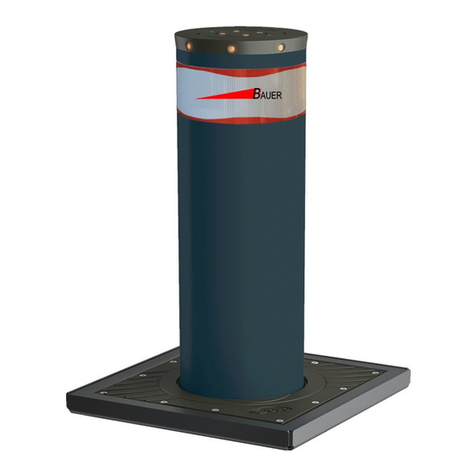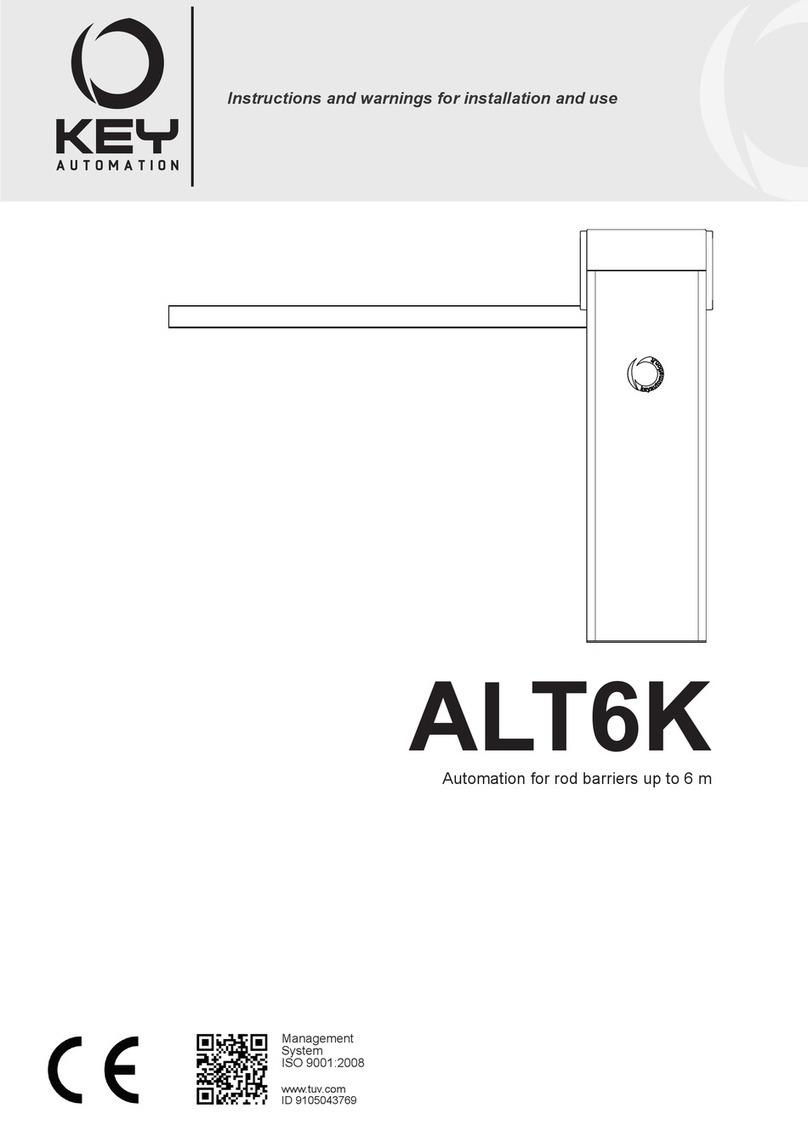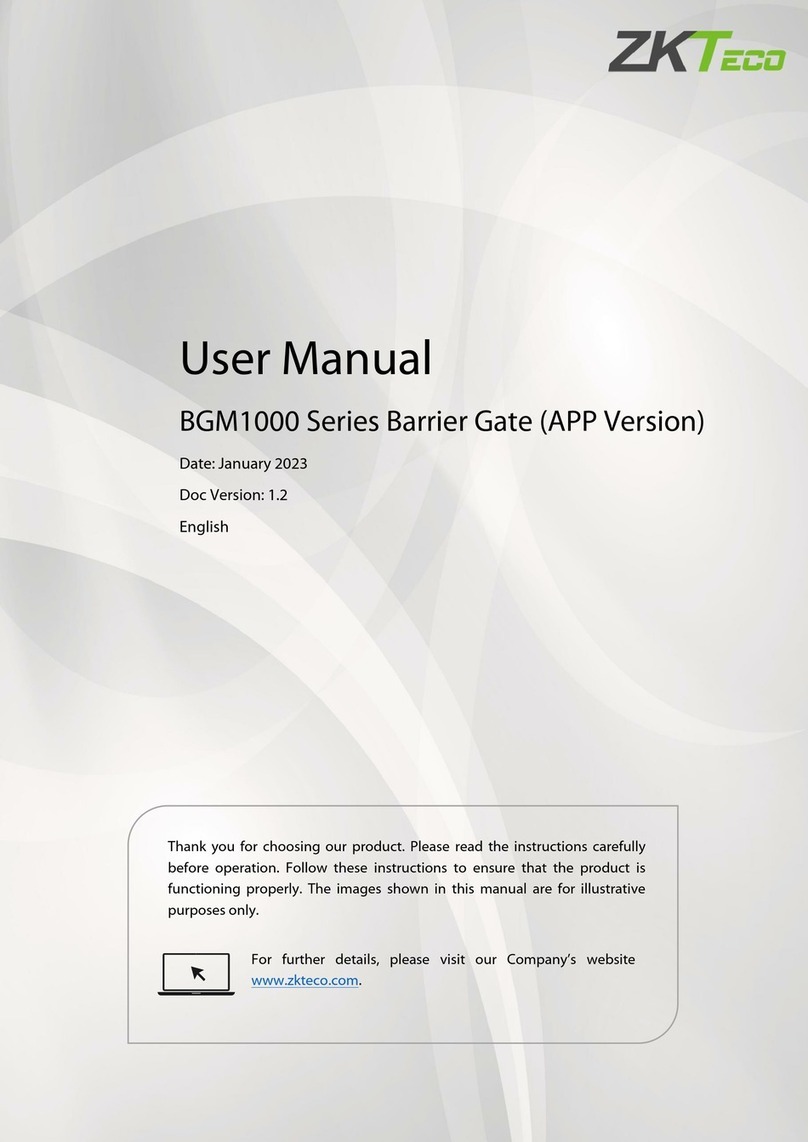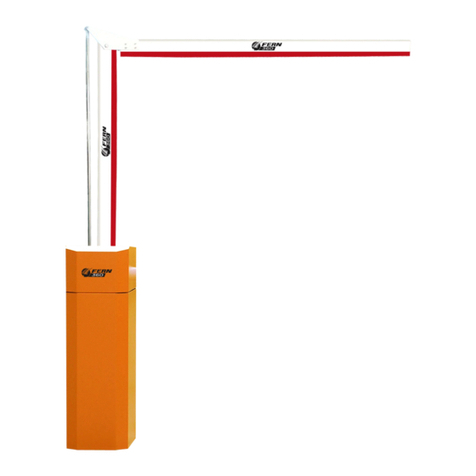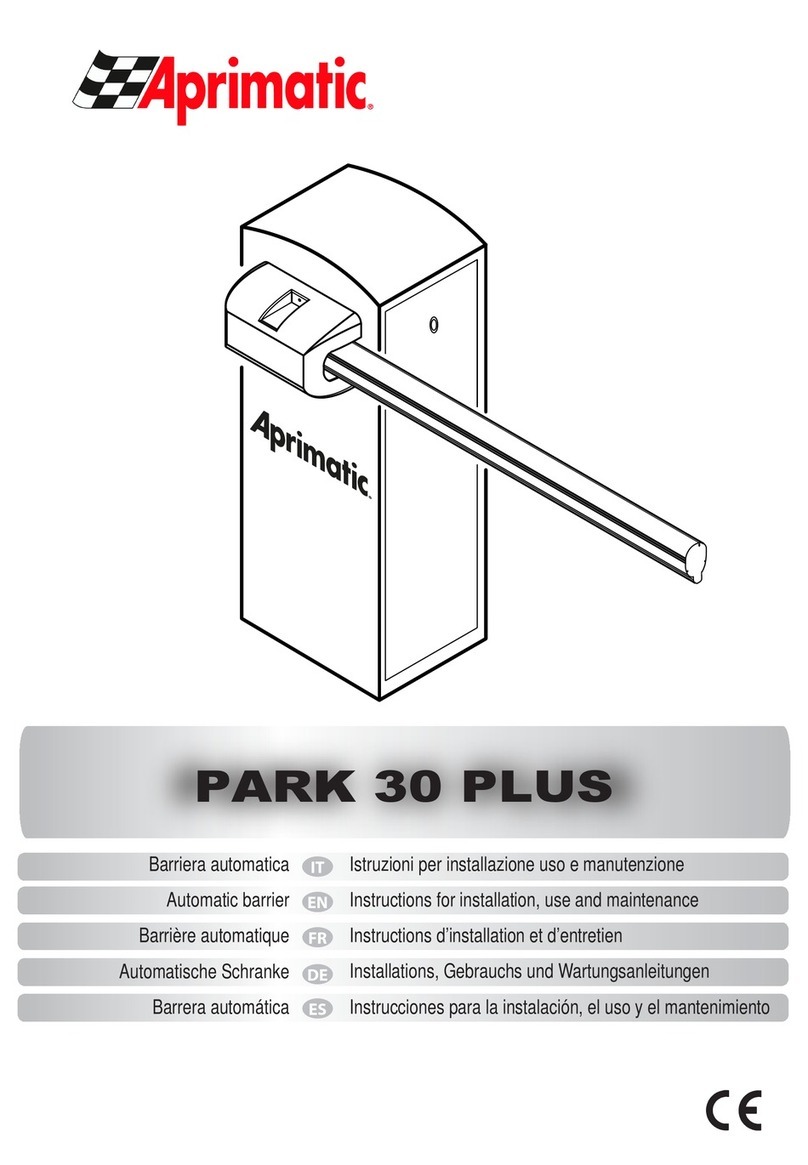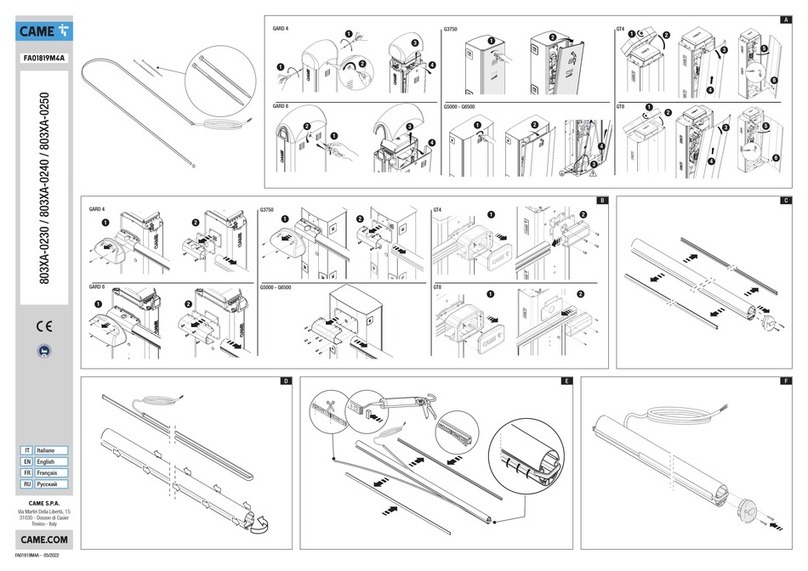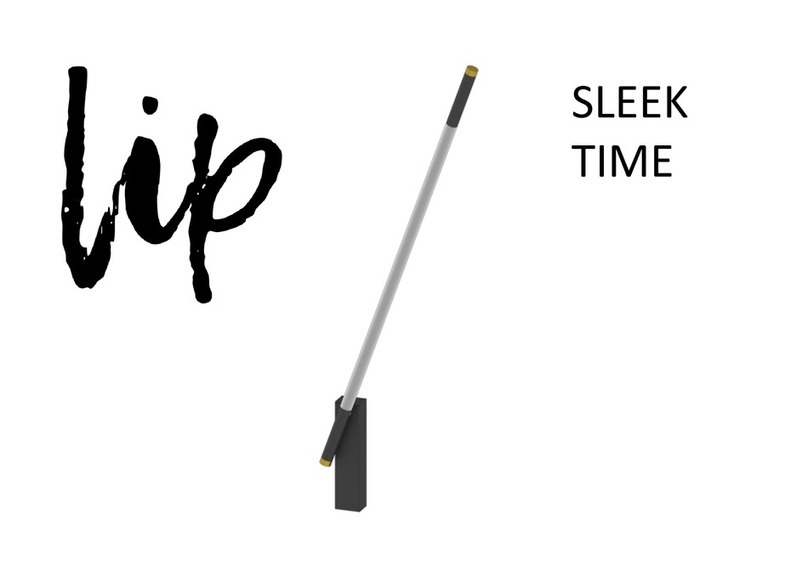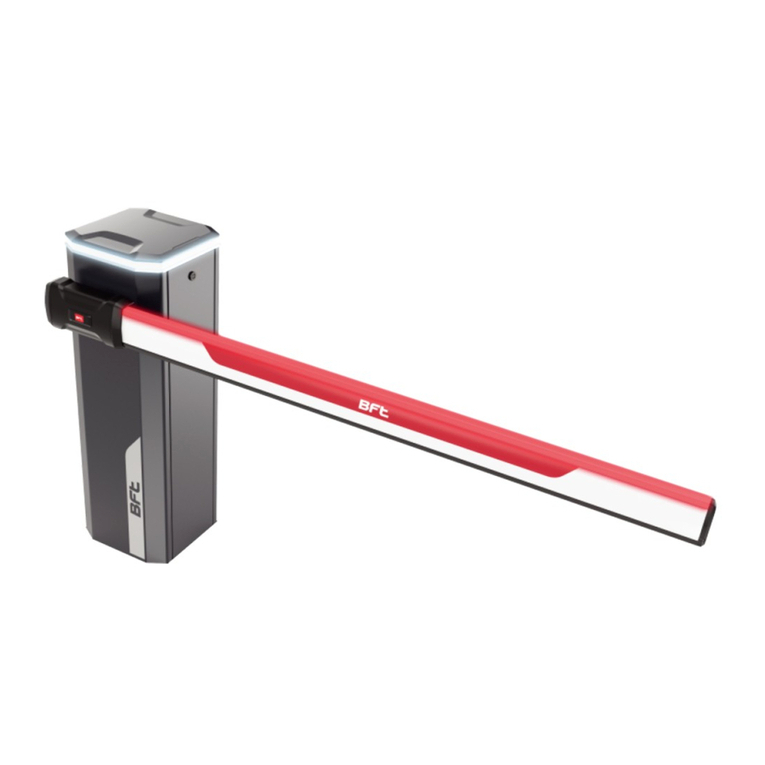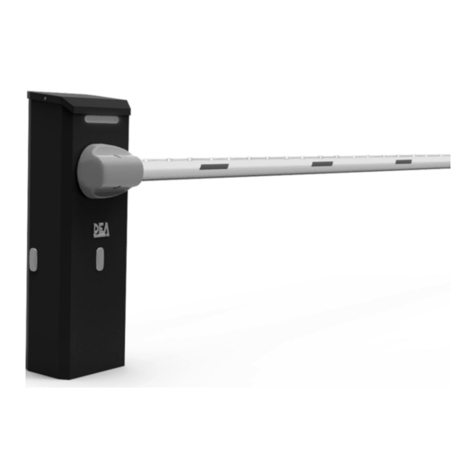
3
XL-TG10153BM-en-US Rev A · 2013-06-27 · Amendments and Errors Reserved · © SAF-HOLLAND, Inc., SAF-HOLLAND, HOLLAND, SAF,
and logos are trademarks of SAF-HOLLAND S.A., SAF-HOLLAND GmbH, and SAF-HOLLAND, Inc.
Contents
Contents Page
Introduction......................................................................... 3
Warranty.............................................................................. 3
Notes, Cautions, and Warnings............................................. 3
Section 1 – Safety Precautions ............................................. 4
Section 2 – Welding Standards............................................. 6
Section 3 – Model and Serial Number Location .................... 7
Section 4 – Liftgate Terminology .......................................... 8
Section 5 – Frame Preparation ............................................. 9
Section 6 – Deck Extension Installation.............................. 11
Section 7 – Liftgate Installation.......................................... 12
Section 8 – Pump Box Installation...................................... 15
Contents Page
Section 9 – Hydraulic Hose Installation .............................. 17
Section 10 – Toggle Installation.......................................... 18
Section 11 – Electrical Installation ..................................... 19
Section 12 – Auxiliary Battery Electrical Installation ........... 21
Section 13 – Initial Platform Lowering................................ 24
Section 14 – Return Spring Installation .............................. 25
Section 15 – Latch Pin Installation ..................................... 25
Section 16 – Step Brace Installation ................................... 26
Section 17 – Roller Opener Installation .............................. 27
Section 18 – Rear Impact Guard Installation....................... 28
Section 19 – Decal Installation........................................... 29
Introduction
This manual provides you with information necessary for the
installation of the SAF-HOLLAND TL Series Liftgate.
NOTE: For liftgate components replacement, contact
SAF-HOLLAND Customer Service at:
U.S. 888-396-6501
Canada 800-503-9847
Warranty
Refer to the complete warranty for the country in which
the product will be used. A copy of the warranty certificate
is included with the product as well as on the SAF-HOLLAND
website (www.safholland.us and www.safholland.ca). It may
also be ordered directly from SAF-HOLLAND; the address is
shown on the back cover.
Notes, Cautions, and Warnings
You must read and understand all of the safety procedures presented
in this manual before operating or starting any work on the liftgate.
NOTE: In the United States, workshop safety requirements
are defined by federal and/or state Occupational
Safety and Health Act. Equivalent laws may exist
in other countries. This manual is written based
on the assumption that OSHA or other applicable
employee safety regulations are followed by the
location where work is performed.
Proper tools must be used to perform the maintenance and
repair procedures described in this manual. Many of these
procedures may require special tools.
IMPORTANT: Read this manual before using this
product. Keep this manual in a safe
location for future reference.
Failure to follow the instructions and
safety precautions in this manual could
result in death or serious injury.
Throughout this manual, you will notice the terms
“NOTE,” “IMPORTANT,” “CAUTION,” and “WARNING”
followed by useful product information. So that you may
better understand the manual, those terms are as follows:
NOTE: Includes additional information to enable
accurate and easy performance of procedures.
IMPORTANT: Includes additional information that if
not followed could lead to hindered
product performance.
Used without the safety alert symbol,
indicates a potentially hazardous situation
which, if not avoided, could result in
property damage.
Indicates a potentially hazardous situation
which, if not avoided, could result in minor
or moderate injury.
Indicates a potentially hazardous situation
which, if not avoided, could result in death
or serious injury.
